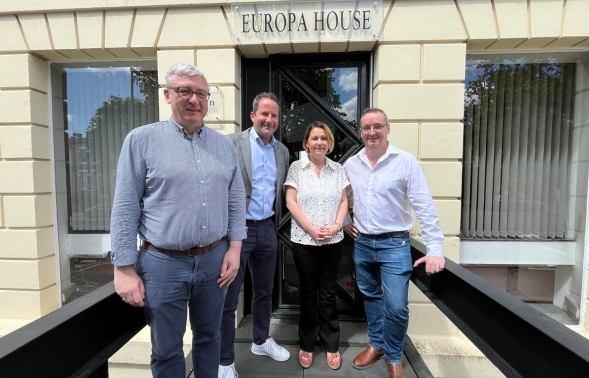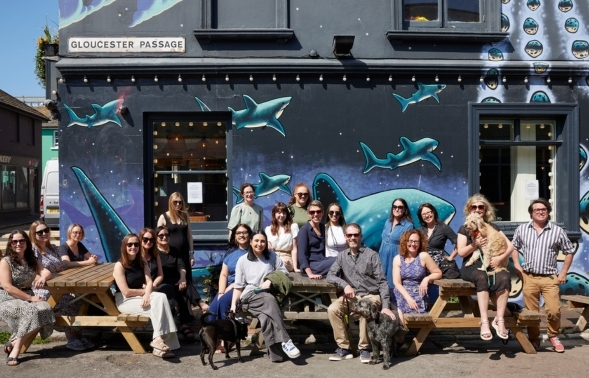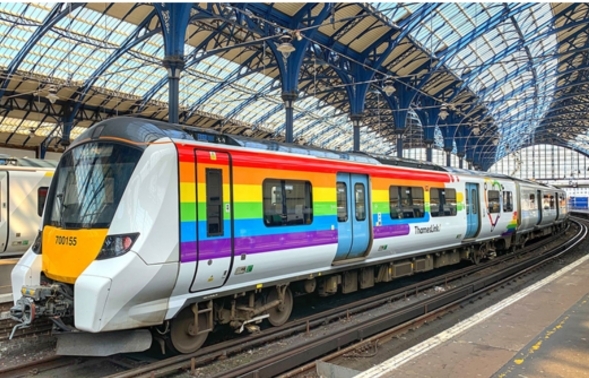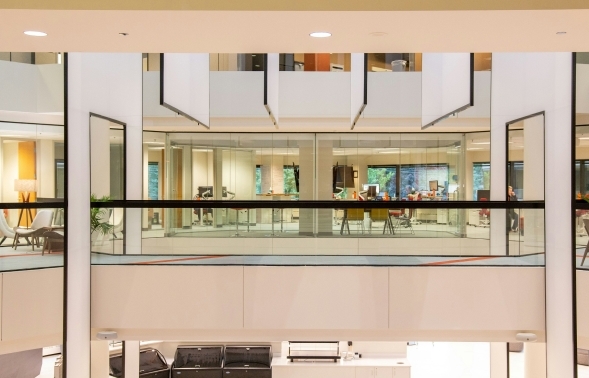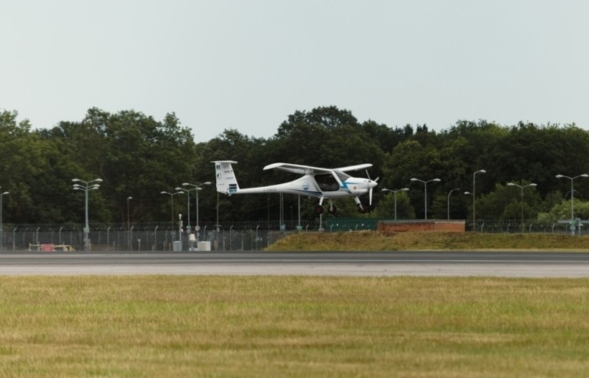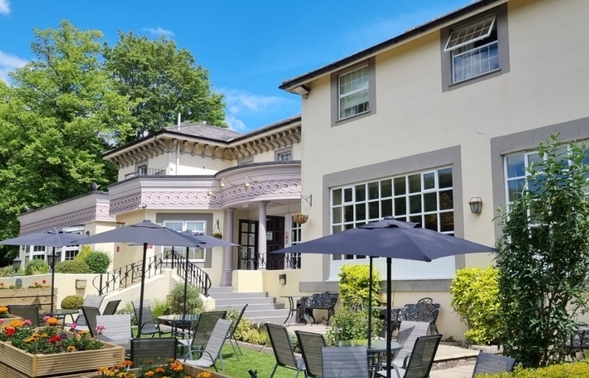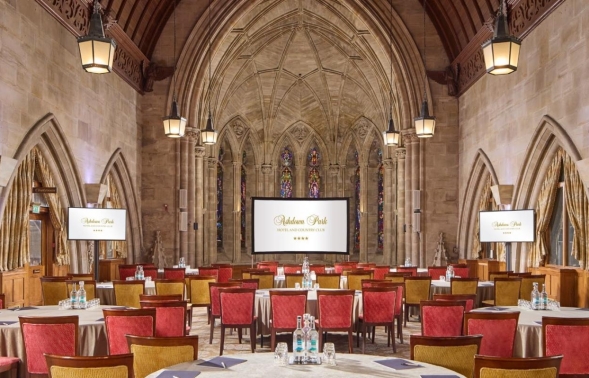- This good progress welcomed but recognition that more must be done to reduce noise further
- Airbus A320 family of aircraft fly more than half Gatwick flights and - following the introduction of financial incentives - 97% of them have been modified to reduce noise
- Local communities react positively to reduction in noise from these modified aircraft
The Noise Management Board first met two years ago and its initiative to modify the A320 family of aircraft so they make less noise has helped to reduce the area of Gatwick's noise footprint by 3% in 2017 - compared to 2016 - according to the annual independent noise contour analysis by the Civil Aviation Authority.
The reduction in noise has occurred despite the number of aircraft increasing by 1% over the same period.
Using the nationally recognised standard measurement (57dB leq) - the reduction in Gatwick's noise footprint over the last 20 years has been:
- 2017 42.6Km2 3,400 people
- 2007 46.7km2 4,800 people
- 1997 86.1km2 12,300 people
The independent NMB brings the local community and the aviation industry together within a formalised structure and is considered to be an industry-leading approach to managing noise issues at a local level.
The NMB initiative contributing to the shrinking noise footprint saw the A320 family of aircraft modified so that they no longer made a pitched whine sound during parts of their approach to landing.
These aircraft currently fly more than half of all Gatwick flights but - following a change in financial charges to encourage airlines to use quieter aircraft - 97% of A320s have now been adapted, reducing the noise and generating positive feedback from local communities.
In terms of future noise reductions, the next generation of these aircraft (A320neo/ A321neo) are up to 50% quieter than their predecessors and have started to come into service at Gatwick.
Andy Sinclair, Gatwick's Head of Airspace, said:
"The reduced noise footprint is welcome and demonstrates encouraging progress but we also recognise that noise continues to be an issue for local residents and we will push on with our challenge to reduce noise further.
"Some of the work we are progressing will deliver further improvements over both the short and longer term. This includes the large scale redesign of London and Gatwick's airspace, which has the potential to reduce noise from the airport further still."
Bo Redeborn, Chairman of the Noise Management Board, said:
"The NMB's reason for being is to improve life for those affected by noise from aircraft flying in and out of Gatwick and the airport's shrinking noise footprint suggests that we are starting to make some progress toward this aim.
"For example, a Continuous Decent Approach (CDA) means that aircraft use less thrust and generate less noise by descending at a continuous rate, rather than a stepped approach, and the CDA conformance at Gatwick was raised for all arrivals from 6000 to 7000 ft to reduce noise even further. Next generation aircraft that are up to 50% quieter have also started flying at Gatwick and over the next few years these will become the workhorses of the airport and will help reduce noise even more."
The 2017 annual independent noise contour analysis
An update from NMB 11 (June 27 2018) can be found here.
An overview of the NMB can also be found here


